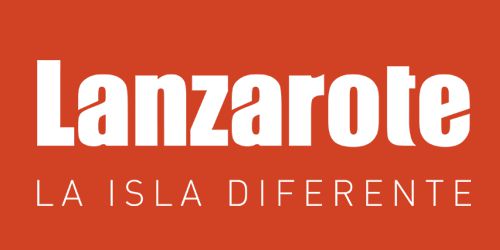HISTORY OF LANZAROTE
Many have wanted to see in the Canary Islands the remains of the legendary Atlantis, the great civilization that dared to challenge the gods with its advanced development according to classical mythology.
To know the History of Lanzarote, it is necessary to know the history of its people, its customs, and its art.
In addition, we must not forget that the people of Lanzarote have known how to take advantage of its arid lands, and the cultivation of vines is also part of its history. We recommend that you inquire into the Gastronomy and Wines of Lanzarote.
In ancient times
The history of Lanzarote is a combination of cultures and races in constant struggle to overcome the obstacles of the island's remoteness and the lack of water that the island suffers.
Already known in ancient times by Phoenicians and Romans, Lanzarote was inhabited by peoples of Berber descent, for at least two thousand years. These inhabitants, called majos, lived by grazing, fishing and a very limited agriculture.
At the end of the Middle Ages, there were visits by Genoese or Castilian navigators, until the Norman Jean de Bethencourt, under the command of the Spanish crown, began the process of conquering the entire Archipelago in the south of Lanzarote.
XV-XX centuries
Located in a strategic geographical position, and incorporated into the vast Spanish empire of the time, the Canary Islands not only became key points for the incessant commercial and cultural traffic with the new lands of America, but also increased their relationship with European countries such as Portugal, England or France. Lanzarote, meanwhile, was consolidated as a feudal lordship and began a very timid growth stage, marked by turbulence caused by economic fragility and frequent pirate attacks. The modern history of Lanzarote underwent a momentous change in 1730, the date on which a period of powerful volcanic eruptions began that transformed the island, and if at first they caused a trail of terror, they were soon a reason for prosperity. The inhabitants of the island, sharpened by centuries of struggle for survival, created a unique model of agriculture in the world with the volcanic ash that predominates in the island landscape. These crops allowed higher production and managed to increase exports. However, the evolution of the island in recent centuries has been marked by a combination of positive economic cycles (thanks to crops such as orchilla or cochineal) and critical phases of acute drought, famine and emigration.
Currently
The traditional precariousness of Lanzarote began a radical metamorphosis in the second half of the 20th century. This economic takeoff has coincided with the profound political and social changes that Canarian and Spanish society has experienced in the last thirty years. First it was thanks to the push of a fishing industry linked to the marine wealth of the Sahara coast, but just when this source of income was declining, the island began a spectacular tourist development that was lucky enough to propose its own model at the hands of César Manrique. This artist led a series of aesthetic performances in unique natural enclaves, combining the power of architecture with respect for the environment. With this, Lanzarote -now turned into a top tourist destination- not only offers a privileged climate throughout the year, but has managed to enhance all its cultural and environmental heritage. An island starring for its unusual landscape, that is, for what nature and man have left engraved on the skin of the territory during the previous centuries.
Historical Timeline
- I millennium BC C. first human arrivals to Lanzarote.
- 1312, the first accurate visit of a European: Lancelotto Malocello. Lanzarote probably owes its name to this Genoese expeditionary. He stayed about two decades.
- 1402, arrival of Jean de Bethencourt, baron de La Grainville and Gadifer de La Salle, knight expert in battles. These nobles are received by Guardafía, the king of Lanzarote, and agree to a pact of friendship and non-aggression.
- 1407, Maciot de Bethencourt, first governor of Lanzarote by delegation of his uncle, the baron. He marries Princess Teguise of Lanzarote. They are the trunk from which the different branches of Bethencourt, Betancort and Betancor in Lanzarote, the Canary Islands and America start.
- 1584, Agustín de Herrera y Rojas, is named by King Felipe II, 1st Marquis of Lanzarote. Prototype of a nobleman of the time, he stood out from a very young age for his bravery and courage.
- 1616, Sir Walter Raleigh attacks Lanzarote. One of many pirate attacks that devastated the island and the archipelago during the 16th, 17th and 18th centuries.
- 1730-1736, first historical volcanic eruptions. These leave the current morphology of the island, making Lanzarote a mythical place.
- 1852, Arrecife, capital of Lanzarote. By virtue of the Free Ports Law of August 10, Teguise is no longer the economic and political center of the island.
- 1982, César Manrique, creates the Foundation that bears his name. Queen Sofía, President of Honor. The FCM has become a cultural benchmark throughout the archipelago.

